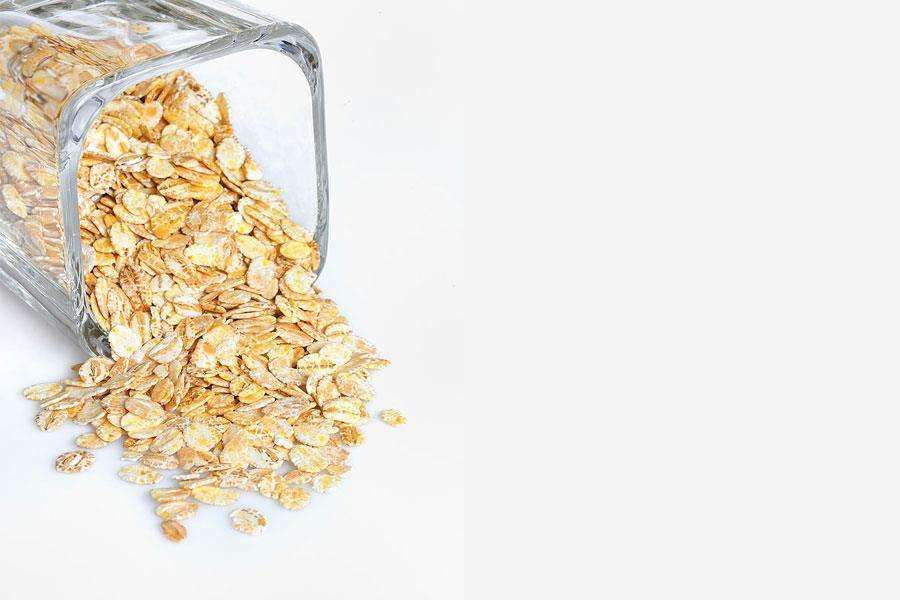
Barley flakes, the ideal food for the growth process
From the grass family. A very common use of this cereal is in the form of malt . In baking, small amounts of ground malt are used, rich in enzymes and specifically alpha-amylase, which gives more flavor, color and aroma to the food. Barley malts are mainly used in the preparation of malted alcoholic beverages, such as beers, whiskeys, malt extracts (syrups) and vinegars.
Excellent source of selenium and phosphorus, copper, calcium and magnesium. It has more protein than wheat, but has much less gluten. For this reason barley breads are more compact and less spongy. The mixture that is made in many regions with wheat flour is very beneficial: barley provides its greatest richness in lysine (the limiting amino acid in wheat), with which the bread gains in protein value and the texture becomes lighter.
Barley is a very good source of inositol , a substance long considered a B vitamin. Inositol prevents capillary rigidity, is a cardiac tonic, regulates cholesterol, prevents the accumulation of fat in the liver, and protects the nervous system. .
In terms of minerals, barley is a good source of potassium, magnesium and phosphorus, but its greatest virtue is its richness in trace elements: iron, sulfur, copper, zinc, manganese, chromium, selenium, iodine and molybdenum. This makes it an ideal food for deficiency states and for the growth process. Barley is the cereal best endowed with fiber.
The presentation of barley in flakes makes it easy to consume, and can be combined with salads, drinks, purees and soups. It is also used to make flakes that are used as breakfast cereals.

